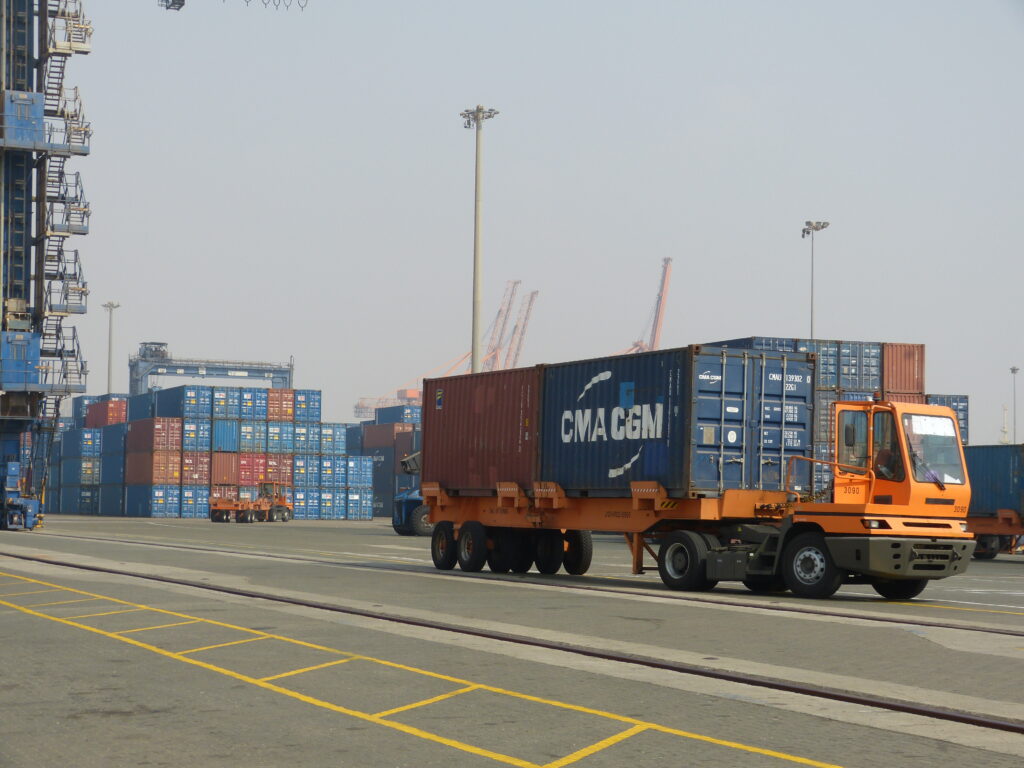Rise in Shipping Rates has little impact on Port Congestion
26th June 2024

Recent rises in ocean freight rates in response to increased shipping demand has thus far had little impact on global port congestion, according to data released today by supply chain visibility and collaboration platform Beacon.
Shipping rates continue to rise globally, causing concern for port congestion (a combination of vessel anchor and dwell time) in the world’s largest ports. However, aside from the Port of Ningbo-Zhoushan (China), the world’s largest container port, the knock- on effects of surging demand for ocean freight have not yet been uniformly experienced across ports in Asia, North America, and Northern Europe.
The Port of Ningbo-Zhoushan has seen a dramatic increase in congestion between April and May 2024, escalating from 4.6 to 8.7 days, while other major ports show varying levels of impact. A detailed analysis of 40 ports across Asia revealed that 22 reported increases in congestion in May compared to April. The average increase for these ports was 6.4 hours. In North America, out of 9 analysed ports, only 3 (Charleston, Oakland, and Houston) showed month-on-month increases between April and May. In Northern Europe, 5 of 11 analysed ports reported MoM increases, with Hamburg experiencing the largest rise at just over 10 hours.
Fraser Robinson (pictured below), CEO of Beacon, said: “While the increase in freight rates is contributing to port congestion globally, the impact varies significantly across different regions and ports. The global logistics landscape continues to evolve, requiring ongoing monitoring and adaptive strategies to mitigate the effects of congestion and maintain efficient supply chain operations. That is why supply chain visibility and collaboration is more important now than ever, to help minimise the impact of external threats and improve overall supply chain efficiency.”
Fraser Robinson, Beacon CEO
A detailed data breakdown follows, including a list of the top 5 ports with the largest increase in congestion between April and May. You can also download the full report here.
Port of Ningbo-Zhoushan
The Port of Ningbo-Zhoushan saw port congestion nearly double between April and May 2024, escalating from 4.6 to 8.7 days. This sharp increase continues a trend of worsening congestion at the port this year . As a critical node in global supply chains, the increased congestion at Ningbo-Zhoushan underscores the port’s perpetual struggle with high traffic volumes.
An analysis of 40 ports across Asia revealed that 22 reported increases in congestion in May compared to April. The average increase for these ports was 0.3 days or 6.4 hours. Excluding Ningbo-Zhoushan from the analysis, the average increase drops to below 2 hours, indicating relatively stable conditions across most Asian ports. On a quarterly basis, only 13 out of the 40 analysed ports reported increased congestion.
In North America, out of 9 analysed ports, only 3 (Charleston, Oakland, and Houston) showed MoM increases between April and May. Quarterly comparisons indicate that only Charleston and Norfolk experienced congestion increases in Q2 compared to Q1, with Norfolk’s rise likely linked to diverted traffic from the nearby Baltimore bridge incident.
Northern European ports have seen a more pronounced increase in congestion. Out of 11 analysed ports, 5 reported MoM and QoQ increases. Hamburg experienced the largest rise, with congestion increasing by 0.4 days or just over 10 hours between April and May. Southampton (UK) showed a significant upward trend, with congestion up by 25% from the previous quarter, averaging 1.4 days this quarter.
read more

